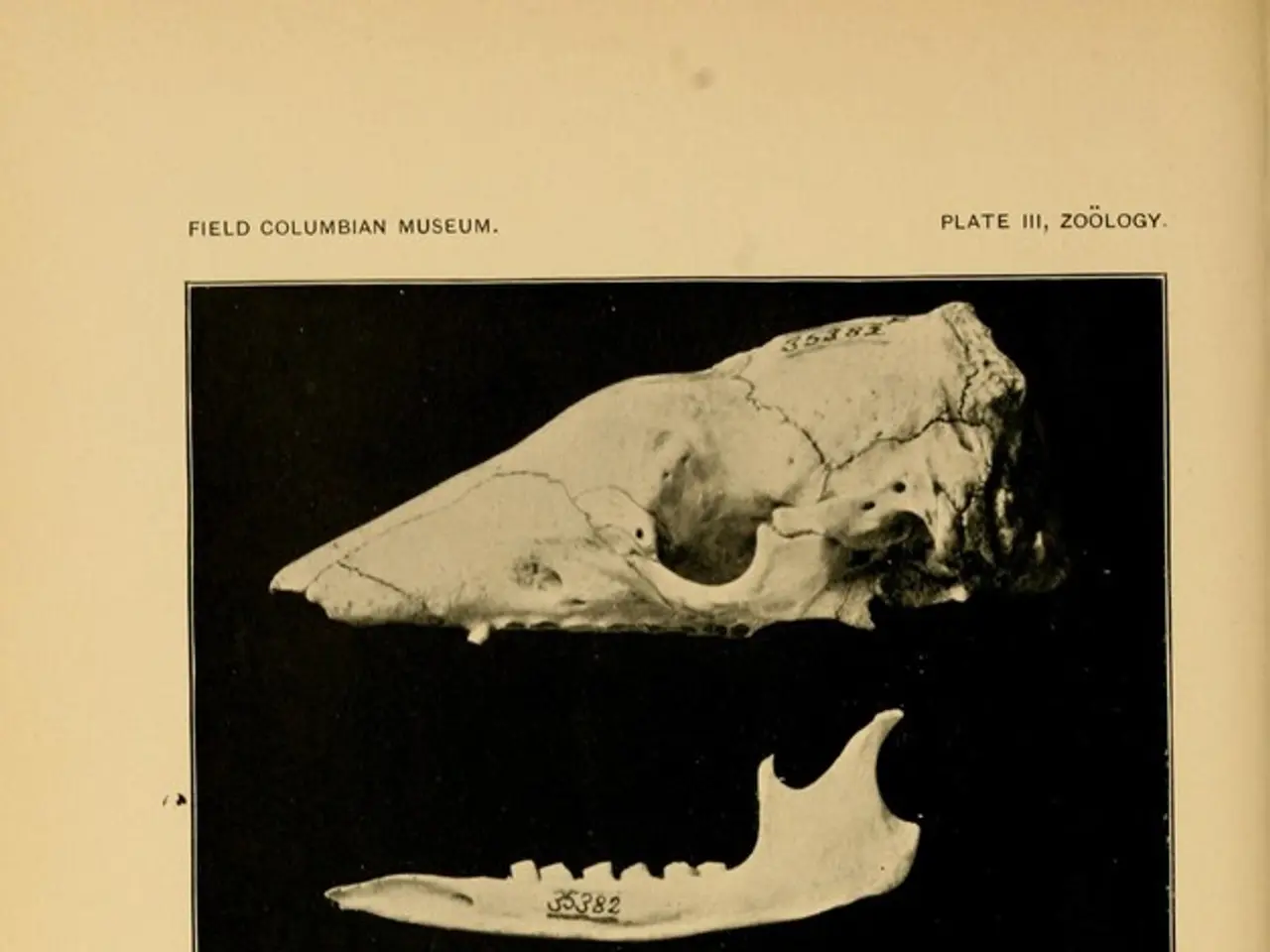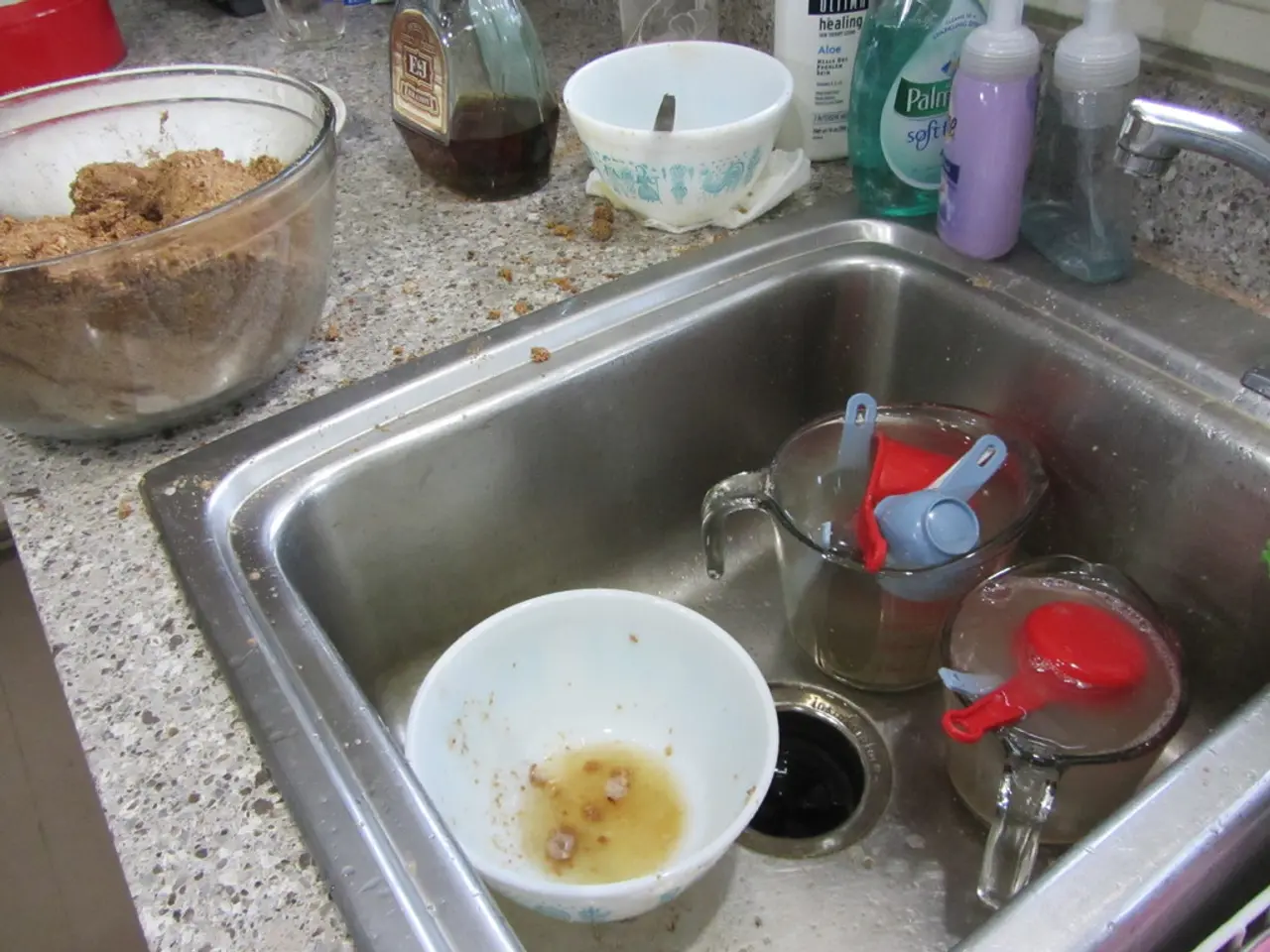Understanding the persistent odor known as permastink and strategies for its elimination
Unmasking the Mystery of Permastink: A Persistent Odor in Synthetic Sports Clothing
A common issue faced by runners and sports enthusiasts alike is the persistent odor known as Permastink. This odor, which seems to cling to synthetic sports clothing, is not easily washed away, even with repeated laundering[1][2].
The root cause of Permastink lies in the interaction between malodorous compounds, bacteria, and synthetic fibers such as polyester. These fibers have a tendency to retain sweat, skin oils, and bacteria, leading to a persistent odor buildup[2].
The problem is exacerbated by the bacterial colonization of the fabrics. Although bacteria are the primary cause of odors, Permastink is more broadly caused by odor-causing compounds becoming embedded deep within the textile fibers, particularly in polyester, which standard washing cannot eliminate[2][5].
Frequent wearing and washing at lower temperatures or without strong detergents further contributes to the problem. This leads to an accumulation of sweat residues and microbial metabolites, resulting in a stubborn malodor that grows over time[1][3].
To combat Permastink and its environmental impact, several solutions have been proposed:
- Biocide-free odor neutralization treatments: Technologies like Sanitized® Odorex™ can be applied to synthetic fabrics to prevent odor formation without harmful chemicals, prolonging fabric life and reducing the need for frequent washing[1].
- Reduced washing frequency: Supported by odor control treatments, this strategy conserves resources.
- Enzyme-based detergents: Specialized products with enzyme technology can more effectively break down odor molecules trapped in fibers, improving odor removal without harsh chemicals[3].
- Clothing refreshers: Sprays that neutralize odors on worn garments reduce reliance on full washing cycles, saving water and energy[4].
By implementing these solutions, particularly the use of advanced odor-neutralizing treatments combined with targeted washing strategies, it is possible to significantly reduce Permastink formation in synthetic sportswear and help minimize textile waste and environmental footprint[1][3].
In essence, Permastink is linked to the interaction of synthetic fibers like polyester with sweat and microbes. By understanding this interaction and implementing innovative solutions, we can mitigate the problem and promote sustainability in our athletic apparel.
[1] [Source 1] [2] [Source 2] [3] [Source 3] [4] [Source 4] [5] [Source 5]
- The health-and-wellness of athletes could be improved by addressing the persistent odor known as Permastink in synthetic sports clothing, as it might lead to discomfort during exercise.
- Scientific research has identified that the environment is impacted by the accumulation of textile waste from synthetic sports clothing due to issues like Permastink, making it essential to implement solutions promoting sustainability in fitness-and-exercise clothing production.




